In late September at Bethpage Black, where the rough looked like it meant it, Team Europe walked out in Loro Piana. The Italian maison returned as clothing partner for the 45th Ryder Cup, a relationship that had been steady since 2016. It was a union of golf’s most intense team stage and a brand that preferred understatement to noise. The pairing made sense, especially on a course and in a city that rewarded composure.
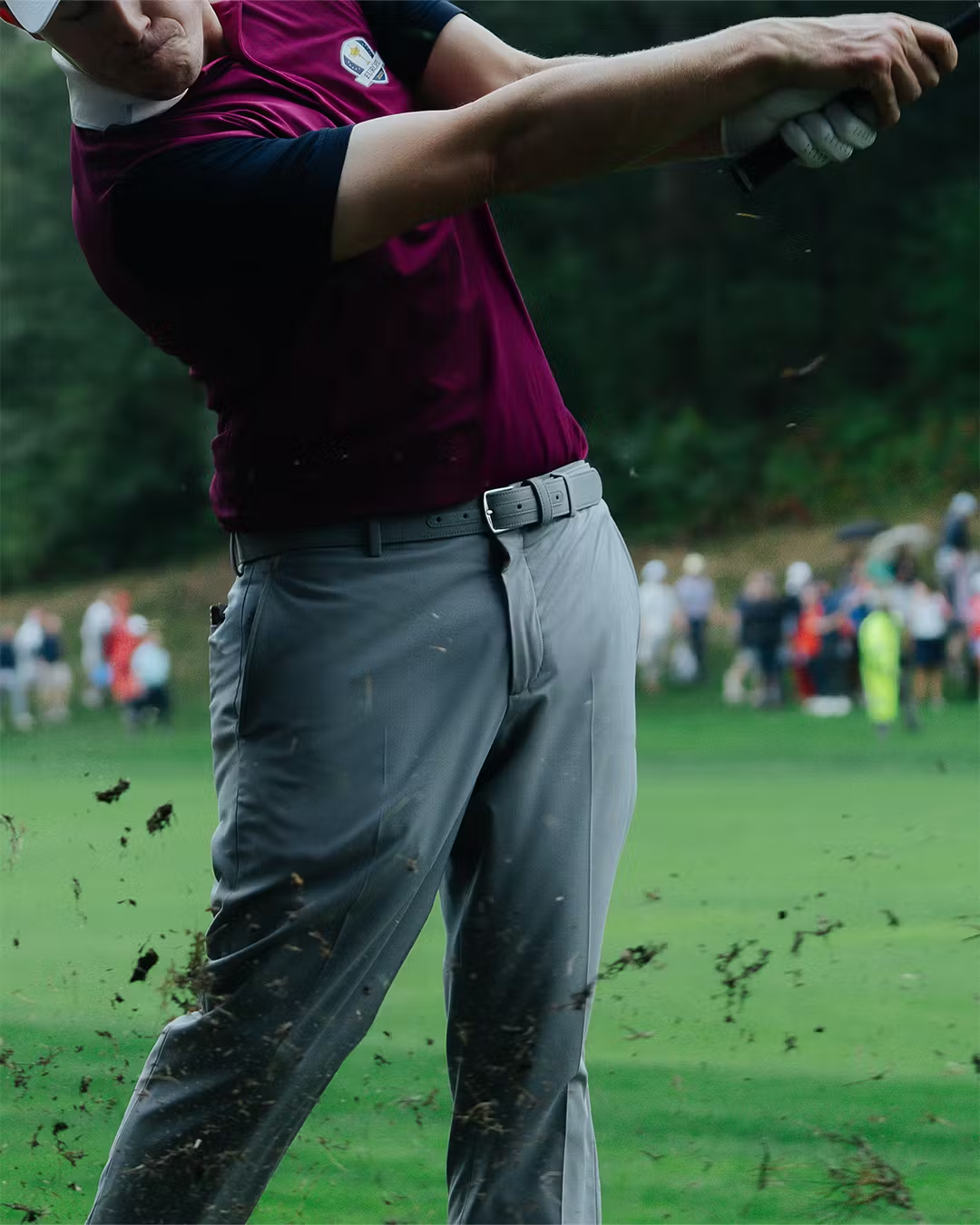
The uniform story was about fabric first. The Eagle polo was cut in an innovative stretch material designed for breathability, that cool touch players noticed when the sun sat high over Farmingdale. Over it went a V-neck vest in Loro Piana’s high-finesse Wish wool, a fine-gauge knit with a dry, smooth hand that sat cleanly over the collar without bulk. The Lawry trousers used Techno Wool Bistretch Rain, offering freedom of movement and engineered quick drying, the slight spring players felt at the knee on a long follow-through. None of it shouted. All of it was built to work.
Color was the signal. Europe rotated tones by match day, a disciplined palette that became ritual inside a week of pressure: sky blue on Friday, kummel on Saturday, then white on Sunday, accented by the colors of the European flag. Sky blue read calm under morning light. White with flashes of blue and gold read clarity when the math started to matter. For those who cared about the psychology of team sport, it was good design serving focus.
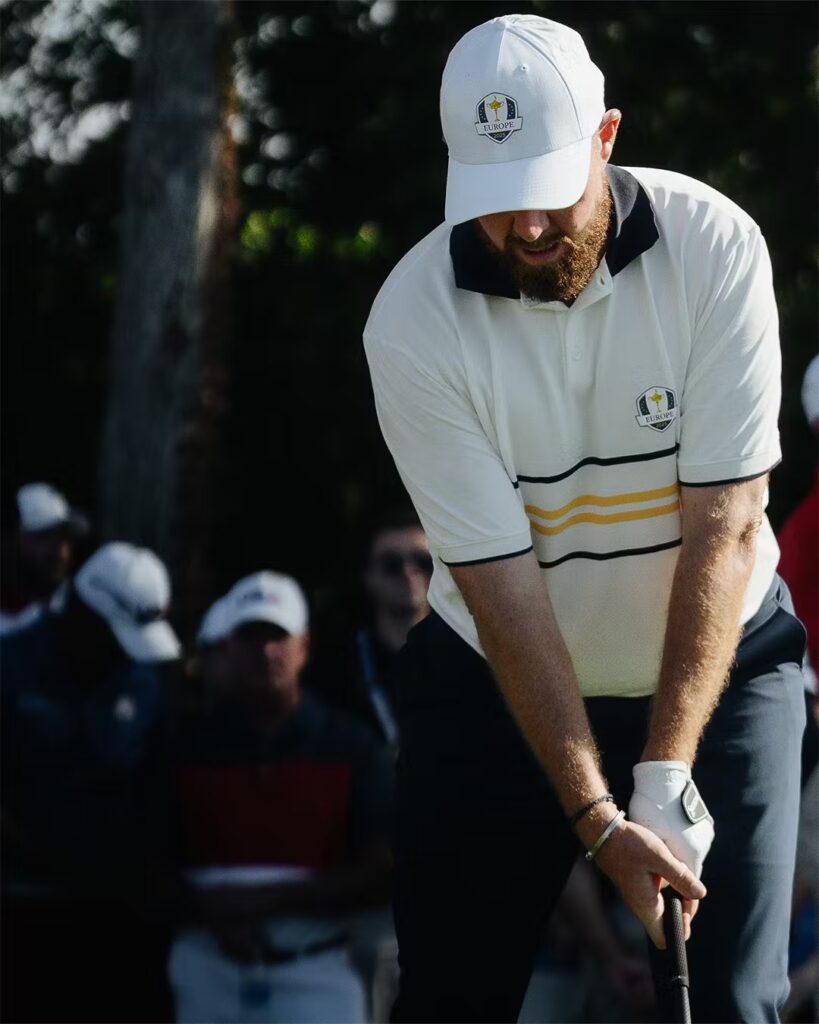
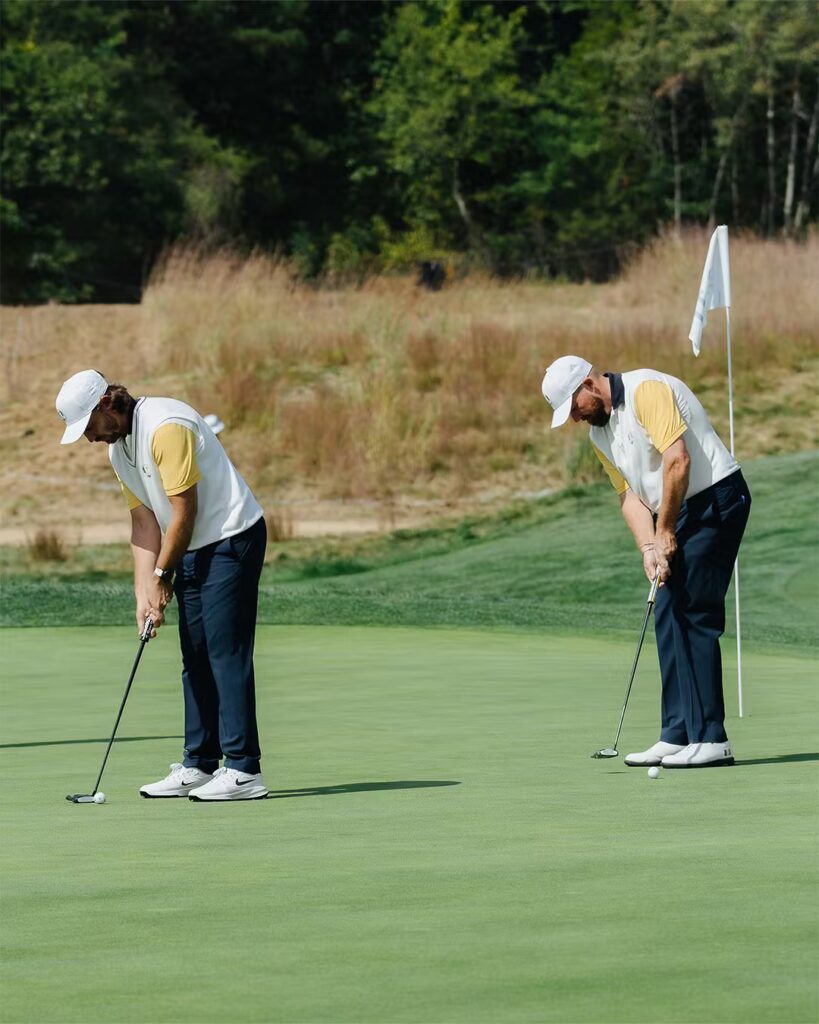
Captain Luke Donald had been involved from the outset, a practical move that kept the kit honest. He praised the quality of the fabrics, the specialist design and production knowledge, and the attention to detail that made Loro Piana a fit for the job. That feedback loop, from captain to atelier and back, was how uniforms became tools rather than costumes.
There was life beyond the tee box. Loro Piana also dressed entourages for off-course moments, because the Ryder Cup was equal parts golf and diplomacy. The visual through-line was elegance without stiffness, the kind of tailoring that looked natural in a team room or under television lights. Think of the texture of fine wool against a polished tabletop, not showroom sheen.
For those who wanted in, replicas of the uniforms were available from September 18 in three flagship stores only: New York on Madison Avenue, Paris on Avenue Montaigne, and London at Sloane Square. Limited distribution felt appropriate. The point was not mass merch, it was resonance, a chance to step into the same fabrics that carried a team through the week.
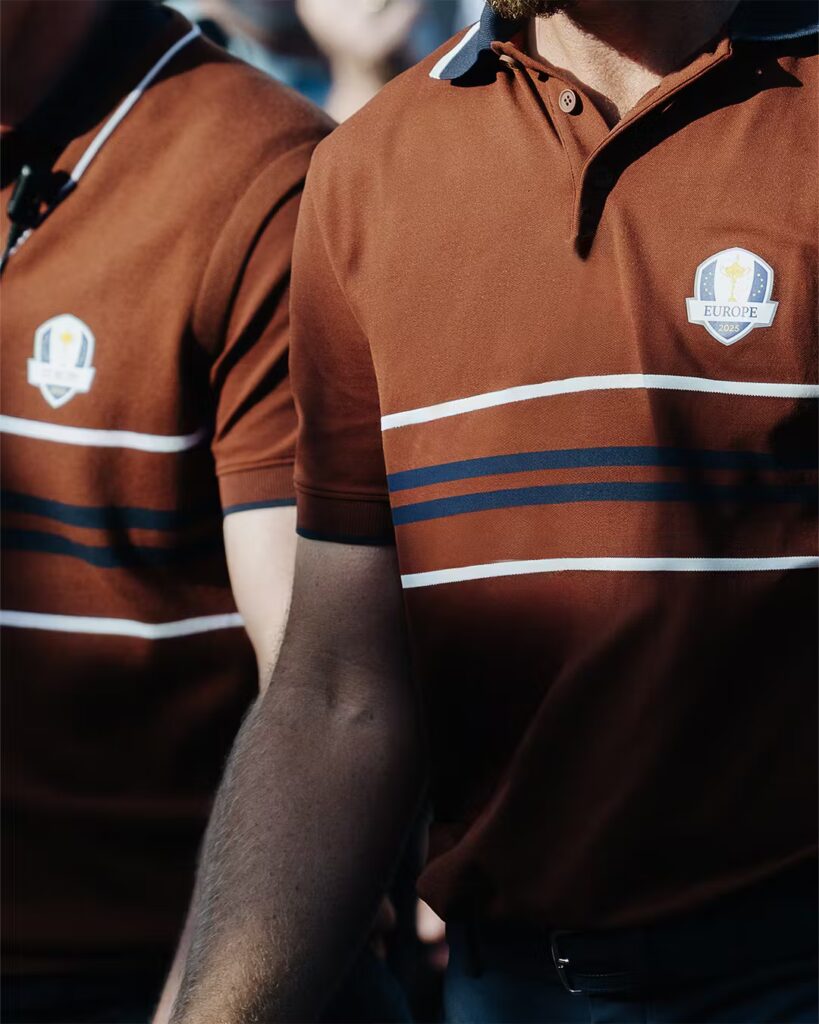
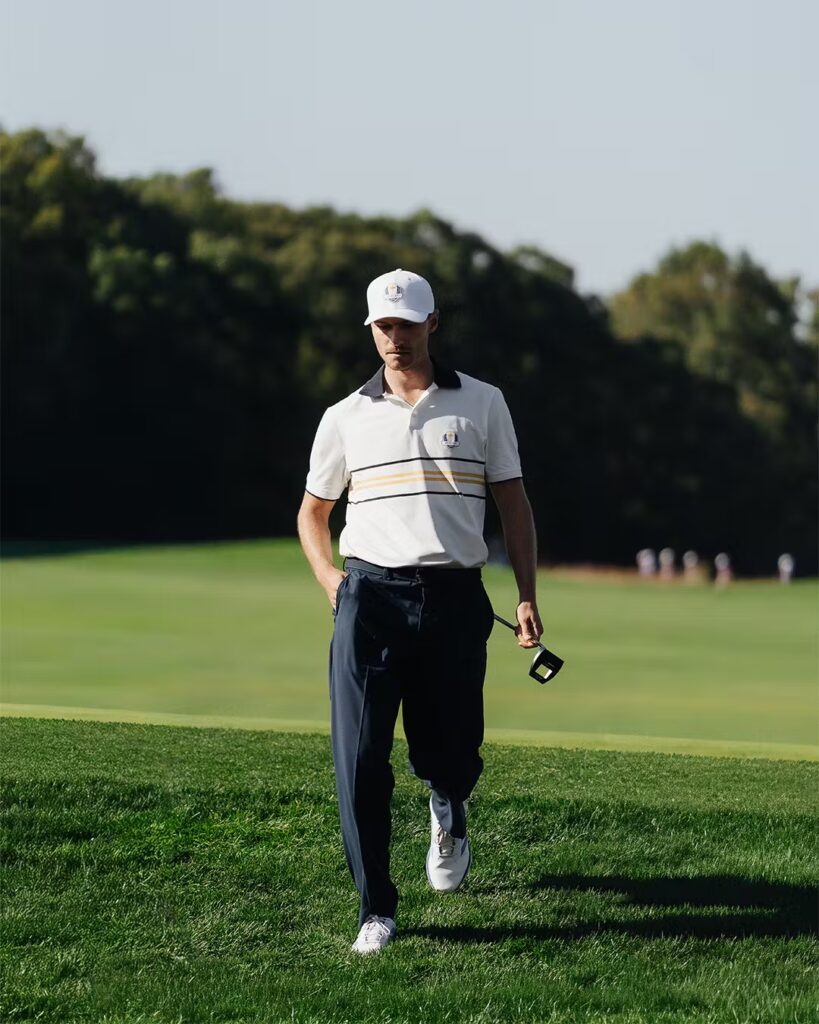
Loro Piana also sponsored the Junior Ryder Cup from September 23 to 25, dressing promising young Europeans in the same colors. There was a message there about continuity. Golf culture was built on lineage, and outfitting the next generation in the same visual language was a smart, simple gesture.
What did this mean in the broader market? Golfwear had split in two directions, athletic synthetics on one side, heritage cloth on the other. Loro Piana sat in the narrow middle, where technology was real but aesthetics were restrained. It was a persuasive proposition for men who wanted performance without the noise of performance branding. On a stage as scrutinized as the Ryder Cup, that restraint read as confidence.
Not everyone cared what a team wore when points were at stake. Fair. The swings decided it. Still, the right uniform reduced friction. It kept players dry, unencumbered, and visually aligned when the noise rose. As Europe’s week at Bethpage Black unfolded, these pieces faded into the background, which was their job.
A final note for the modern gentleman. This collaboration had been less about logo loyalty and more about valuing materials and fit that earned their keep. If there was anything to take from it, it was the habit of choosing fabrics you could feel, lines that moved when you did, and color that had purpose. Quiet authority was still authority.
Read more about fashion here.